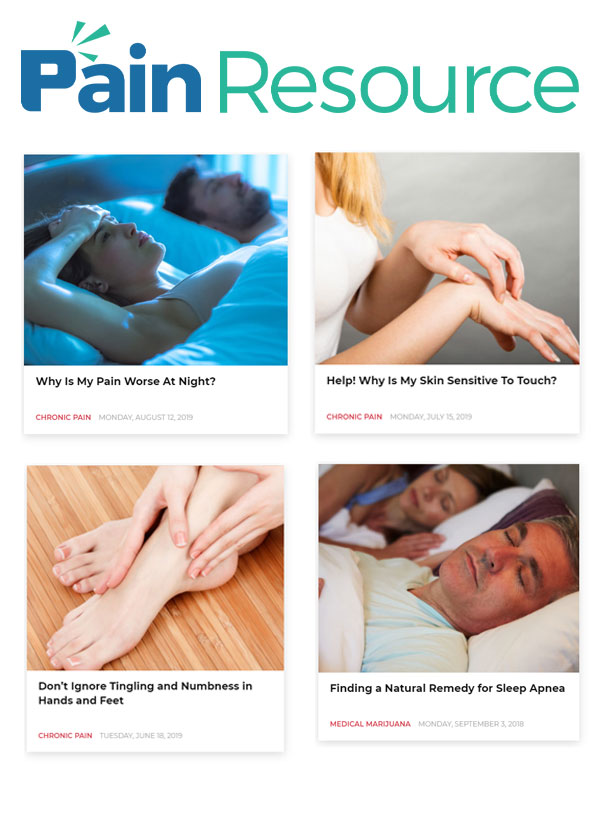
Understanding your loved one’s eating disorder
Eating disorders involve extreme disturbances in eating behaviors—following rigid diets, bingeing on food in secret, throwing up after meals, obsessively counting calories. It’s not easy to watch someone you care about damage their health—especially when the solution appears, at least on the outside, to be simple. But eating disorders are more complicated than just unhealthy dietary habits. At their core, they’re attempts to deal with emotional issues and involve distorted, self-critical attitudes about weight, food, and body image. It’s these negative thoughts and feelings that fuel the damaging behaviors.
People with eating disorders use food to deal with uncomfortable or painful emotions. Restricting food is used to feel in control. Overeating temporarily soothes sadness, anger, or loneliness. Purging is used to combat feelings of helplessness and self-loathing. Over time, people with an eating disorder lose the ability to see themselves objectively and obsessions over food and weight come to dominate everything else in their lives. Their road to recovery begins by identifying the underlying issues that drive their eating disorder and finding healthier ways to cope with emotional pain.
While you can’t force a person with an eating disorder to change, you can offer your support and encourage treatment. And that can make a huge difference to your loved one’s recovery.

Eating Disorder
Myths and Facts about Eating Disorders
| Myth 1: You have to be underweight to have an eating disorder.Fact: People with eating disorders come in all shapes and sizes. Many individuals with eating disorders are of average weight or are overweight. |
| Myth 2: Only teenage girls and young women are affected by eating disorders.Fact: While eating disorders are most common in young women in their teens and early twenties, they are found in men and women of all ages—from children to older adults. |
| Myth 3: People with eating disorders are vain.Fact: It’s not vanity that drives people with eating disorders to follow extreme diets and obsess over their bodies, but rather an attempt to deal with uncomfortable feelings. |
| Myth 4: Eating disorders aren’t really that dangerous.Fact: Eating disorders are serious conditions that cause both physical and emotional damage. All eating disorders can lead to irreversible and even life-threatening health problems, such as heart disease, bone loss, stunted growth, infertility, and kidney damage. |
Warning signs of an eating disorder
Many people worry about their weight, what they eat, and how they look. This is especially true for teenagers and young adults, who face extra pressure to fit in and look attractive at a time when their bodies are changing. As a result, it can be challenging to tell the difference between an eating disorder and normal self-consciousness, weight concerns, or dieting. Further complicating matters, people with an eating disorder will often go to great lengths to hide the problem. However, there are warning signs you can watch for. And as eating disorders progress, the red flags become easier to spot.
Restricting food or dieting
- Making excuses to avoid meals or situations involving food (e.g. they had a big meal earlier, aren’t hungry, or have an upset stomach)
- Eating only tiny portions or specific low-calorie foods, and often banning entire categories of food such as carbs and dietary fat
- Obsessively counting calories, reading food labels, and weighing portions
- Developing restrictive food rituals such as eating foods in certain orders, rearranging food on a plate, excessive cutting or chewing.
- Taking diet pills, prescription stimulants like Adderall or Ritalin, or even illegal drugs such as amphetamines (speed, crystal, etc.)
The post Loved one’s eating disorder appeared first on Heroes’ Mile Veterans Recovery Center.
Source
Original Author: Digital Team

